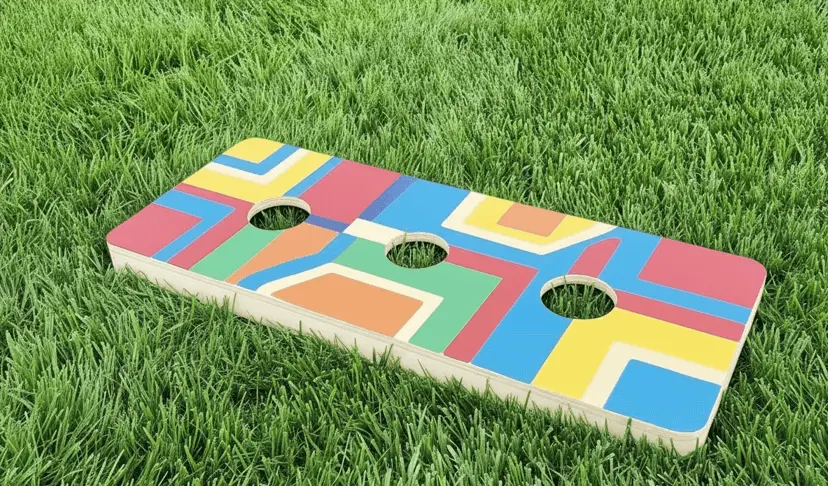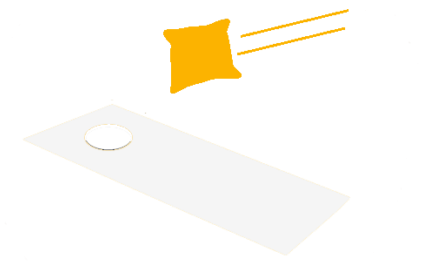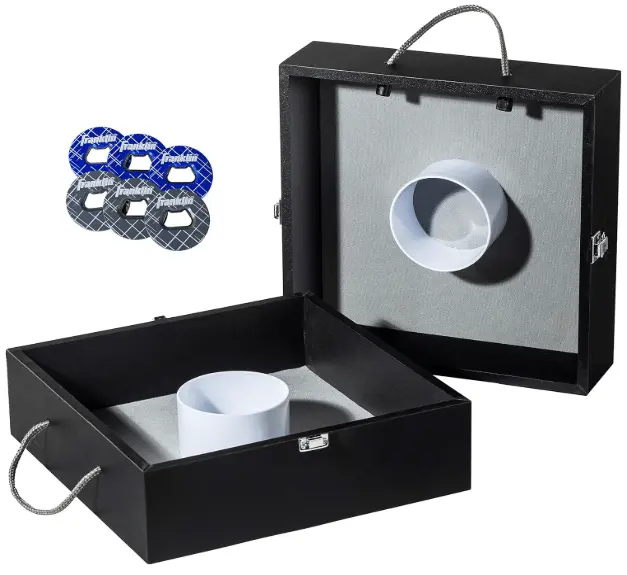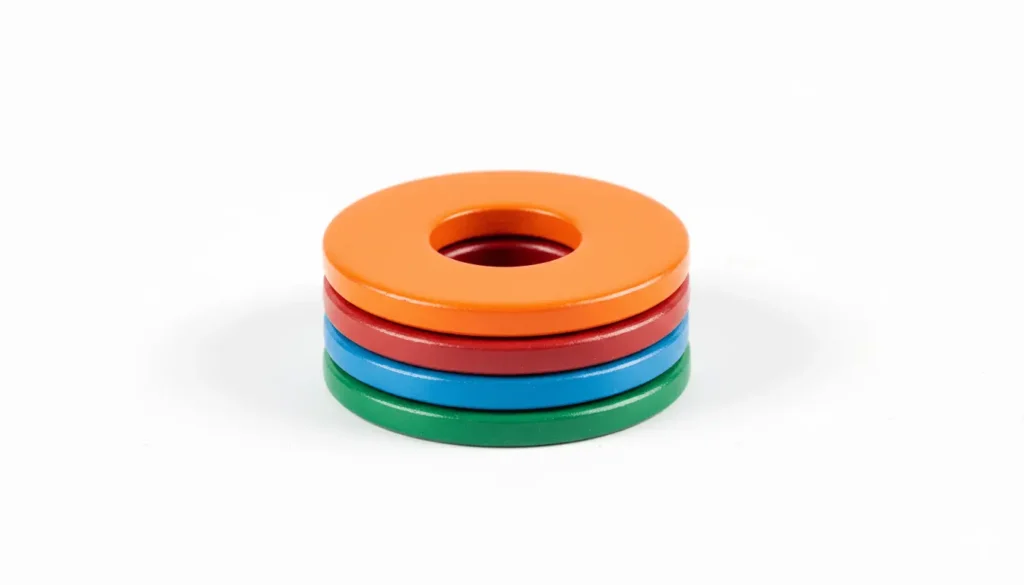Washer Toss Game Rules | How to Play Washers Game
You want to learn washer toss. Good choice. This backyard game brings people together at cookouts, tailgates, and family gatherings. You throw metal washers at boxes with holes. Simple concept. Loads of fun.
Let me show you everything you need to know.
What You Need to Play Washer Toss
You need two wooden boxes and eight metal washers. That’s it.
Each box has a hole cut into the top. You place the boxes at opposite ends of your playing area. Teams take turns throwing washers at the opposite box. The goal is to land your washers in the hole or at least get them inside the box.
The game works for two players or four players in teams of two.
You can start tossing right away with this washer toss set. It includes targets and washers for instant play
Washer Toss Dimensions and Setup
Getting the measurements right matters. Here’s what regulation washer toss looks like.
Box Dimensions
Standard washer toss boxes measure 16 inches wide by 16 inches deep by 4 inches tall. The hole in the center of each box is typically 4 inches in diameter. You can build boxes from wood or buy premade sets.
Some players use different sizes. Three hole and five hole boards exist too, but we’ll cover those later.
Washer Size
Regulation washers are 2.5 inches in diameter. The hole in the middle is usually 1.25 inches. Each washer weighs about 2 to 3 ounces.
You can find these washers at hardware stores or order washer toss sets online.
Distance Between Boxes
Place your boxes 21 feet apart. Measure from the front of one box to the front of the other box.
This is the official tournament distance. You can adjust it shorter for kids or beginners. Many casual players use 15 to 18 feet when starting out.
How to Play Washer Toss: Basic Rules
Playing washer toss is straightforward. Here’s how a game flows.
Starting the Game
Decide who goes first with a coin flip or by throwing practice rounds. The winner of the coin toss throws first in the first round.
Stand next to your box. You throw at the box on the opposite end.
Throwing Washers
Each player gets four washers per round. You and your opponent take turns throwing one washer at a time. Some people throw all four washers before the opponent throws, but alternating creates more interaction.
Stand behind or beside your box when throwing. Don’t step over the front edge.
Toss your washer underhand or overhand. Most players prefer underhand for better accuracy. The washer needs to travel through the air. If it bounces on the ground and gets inside the box, it still counts, unlike in cornhole. You cannot roll it or slide it along the ground.
Scoring Points
You score points based on where your washers land:
A washer must fall completely into the hole to score 3 points. If it’s resting on the edge, it only counts as 1 point.
Cancellation Scoring
Washer toss uses cancellation scoring. This means you subtract your opponent’s score from your score each round.
Let’s say you score 5 points and your opponent scores 2 points. You earn 3 points for that round. Your opponent earns nothing.
Only the player with the higher score in a round adds points to their total.
Winning the Game
Most games go to 21 points. You must win by at least 2 points.
If you reach 21 but your opponent has 20, you keep playing. First player to get a 2 point lead after someone hits 21 wins.
Some players prefer games to 11 or 15 points for quicker matches.
Three Hole Washer Toss Game
The three hole version adds variety to standard washer toss.

Three Hole Board Dimensions
Three hole boards typically measure 24 inches by 48 inches. The three holes run in a line down the center of the board. Each hole is 4 to 6 inches in diameter.
The holes are usually spaced about 12 inches apart from center to center.
How to Play Three Hole Washer Toss
You still throw four washers per round. The difference is in the scoring.
Some versions give 1 point for landing on the board. Check with your group before starting.
You still use cancellation scoring. Place boards 10 to 20 feet apart depending on player skill level.
Five Hole Washer Board
Five hole boards create even more scoring opportunities.
Five Hole Board Dimensions
Five Hole Washer toss boards measure about 24 inches by 48 inches. Five holes are arranged in a pattern across the board. Common layouts include a cross pattern or a rectangle with one center hole.
Hole diameter stays around 4 to 6 inches.
Scoring on Five Hole Boards
Point values vary by hole position:
The exact scoring depends on the board design. Many five hole boards print the point values next to each hole.
Tips for Better Washer Toss
Want to improve your game? Try these strategies.
Variations and House Rules
Frequently Asked Questions (FAQs) about Washers Game Rules
Get Playing
Washer toss gives you hours of outdoor fun. The rules are simple enough to teach anyone in five minutes. The game is challenging enough to keep you coming back.
Build your set or buy one. Set up your boxes. Grab some friends. Start throwing.
You’ll have your first game going in no time.


